Pillar Twenty
Artwork by A. Manivelu
Top
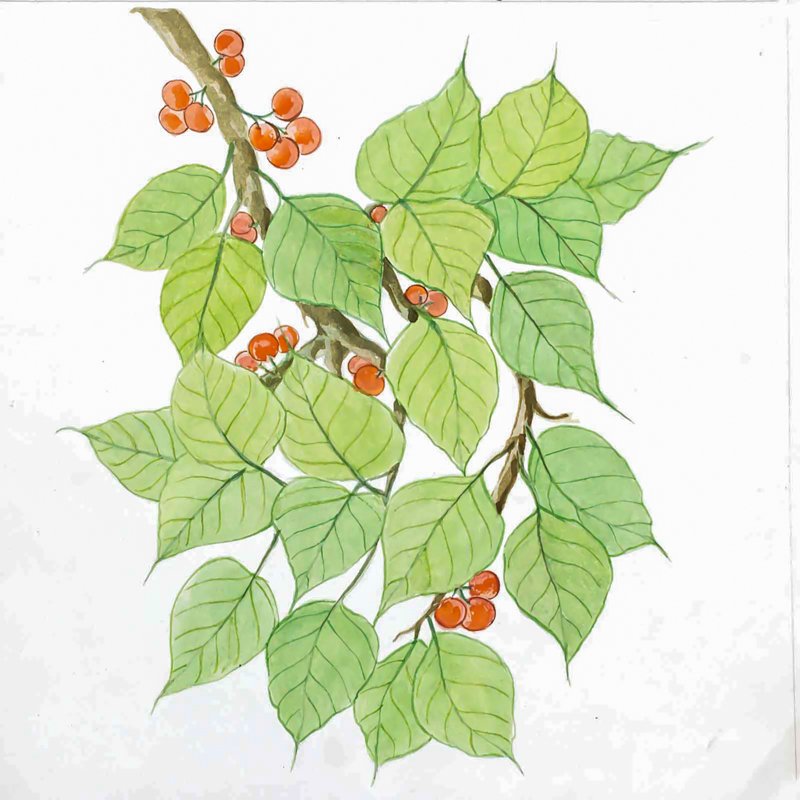
NORTH FACE:
Bodhi TreeThe Bo tree (Ficus religiosa) is sacred in both Hinduism and Buddhism. There is a beautiful young one growing just 500 feet to the west of Iraivan Temple.
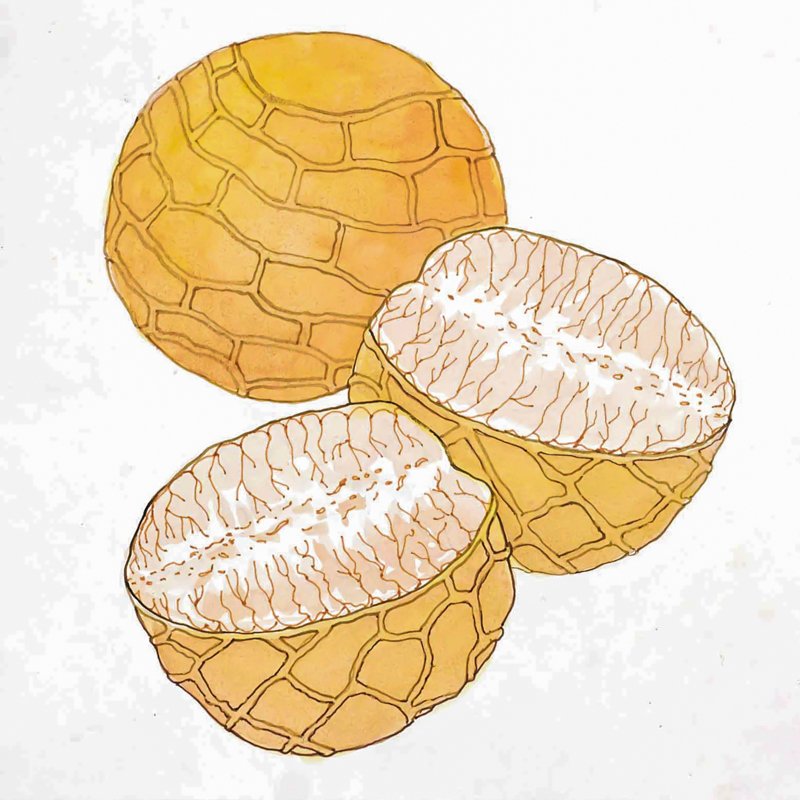
EAST FACE:
Areca NutThe areca nut (Areca catechu) is finely shaven and eaten along with betel leaf at the end of meals as a digestive. Also called a betel nut.
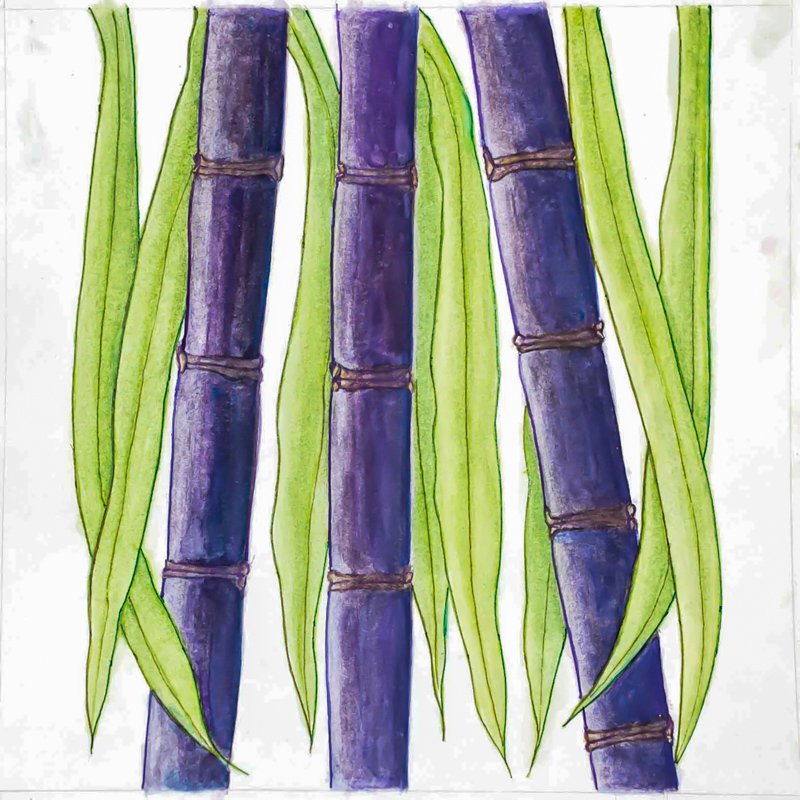
SOUTH FACE:
Sugar CaneSugarcane (Saccharum officinarum) is widely used in India and Hawaii, though growing it has much diminished in the state and on Kauai island in recent decades.

WEST FACE:
RudrashasRudraksha means the “Eye of Rudra (as Siva),” or “red-eyed.” From rud, “to cry or tear,” and aksha, meaning “eye.” Marble-sized, multi-faced, reddish-brown seeds from the Eleocarpus ganitrus, or blue marble tree, which are sacred to Siva and a symbol of His compassion for humanity. Garlands, rudraksha mala, of larger seeds are worn around the neck by monks. Non-monastics, both men and women, often wear a single bead on a cord at the throat. Smaller beads (usually numbering 108) are strung together for japa (mantra recitation). Indian legend records that God shed a tear when looking down upon the sorrowful plight of humanity. That tear fell to Earth and from it grew the first rudraksha tree. Thus its seeds are worn by Hindus as a symbol of Siva’s love and compassion.
1 of 4
Middle
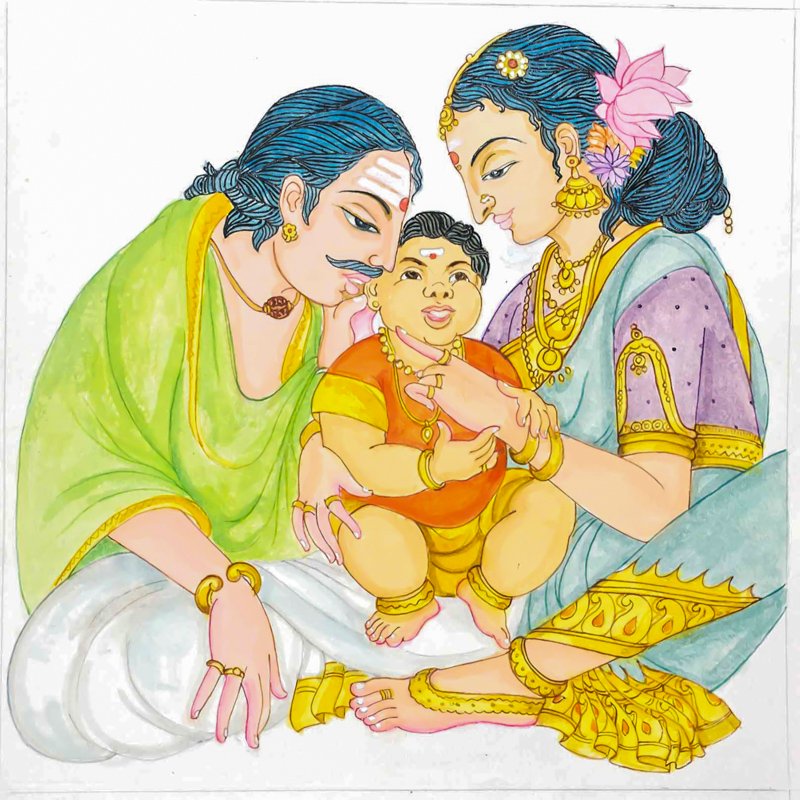
NORTH FACE:
Name-Giving RiteName-giving” or namakarana samskara is shown here, as the father whispers the child’s name into the right ear. This is also the formal entry into one or another sect of Hinduism, performed 11 to 41 days after birth. The name is chosen according to astrology, preferably the name of a God or Goddess. At this time, guardian devas are assigned to see the child through life. One who converts to or adopts Hinduism later in life would receive this same sacrament.
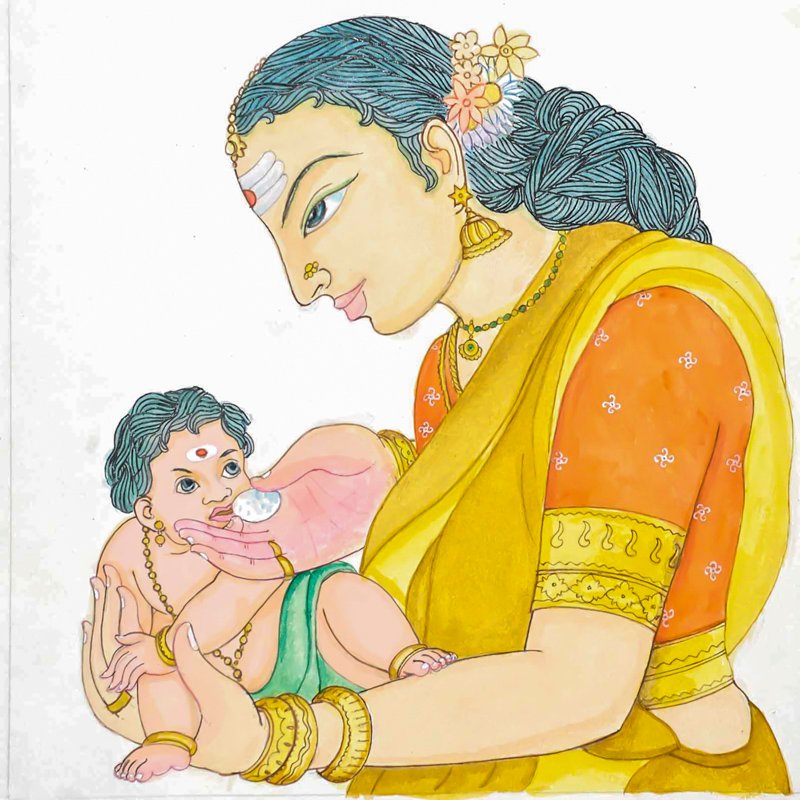
EAST FACE:
First-Feeding RiteAnnaprasana, which means “feeding,” is a childhood sacrament of first solid food.

SOUTH FACE:
Ear-Piercing RiteKarnaveda is the ear-piercing ceremony celebrated by both girls and boys in traditional Indian families.
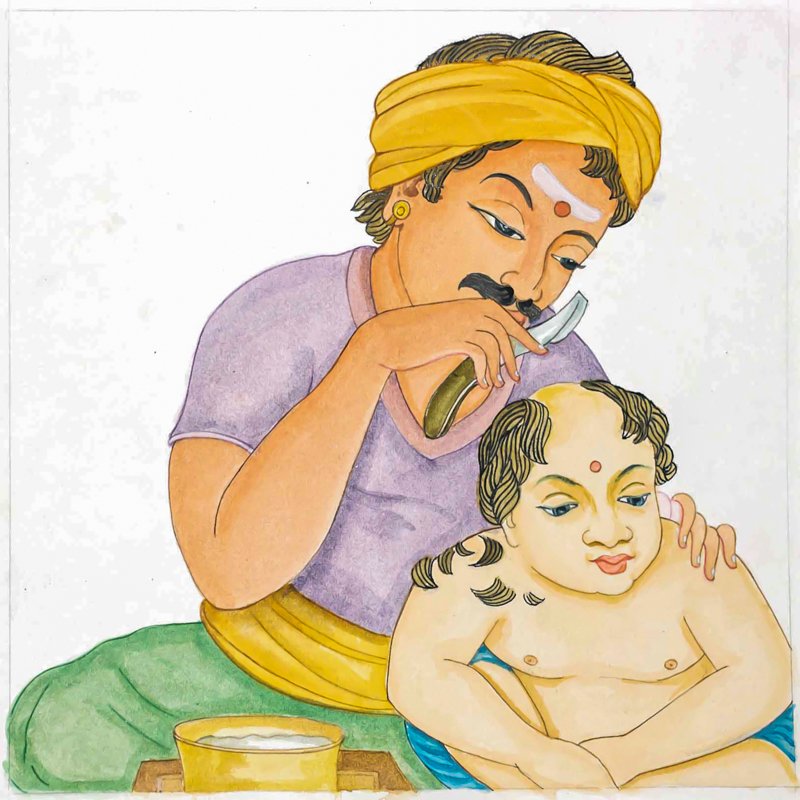
WEST FACE:
Head-Shaving RiteChudakarana is the head-shaving sacrament for children.
1 of 4
Bottom
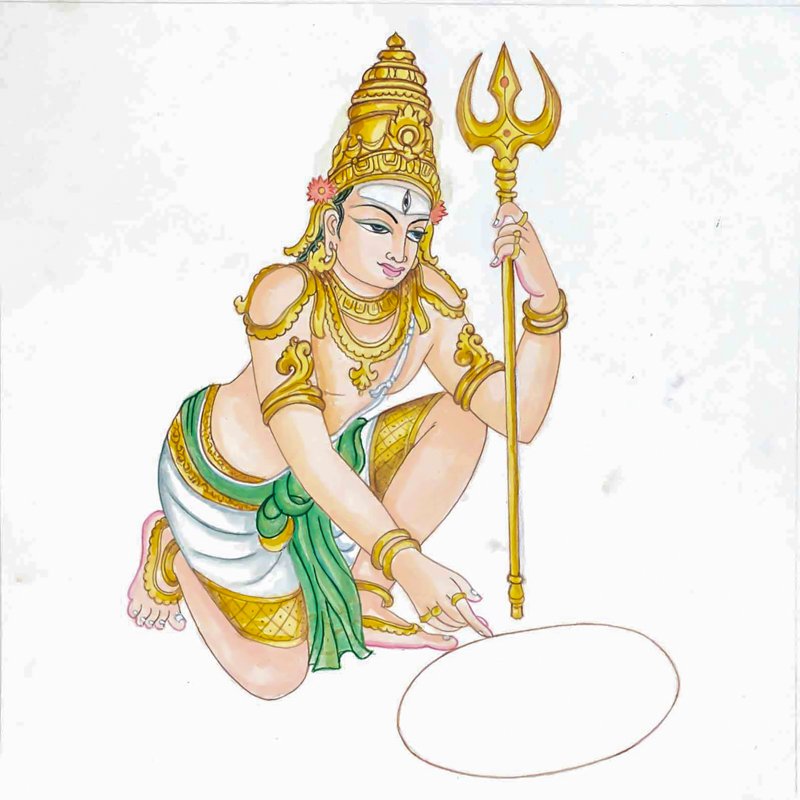
NORTH FACE:
Jalandhara VadhaJalandhara is a traditional form of God Siva. It literally means “He who holds water.

EAST FACE:
TripurantakaTripurantaka is a form of God Siva holding a bow and other weapons and riding on a chariot. With His weapons he destroyed the three cities of the asuras.
1 of 2
